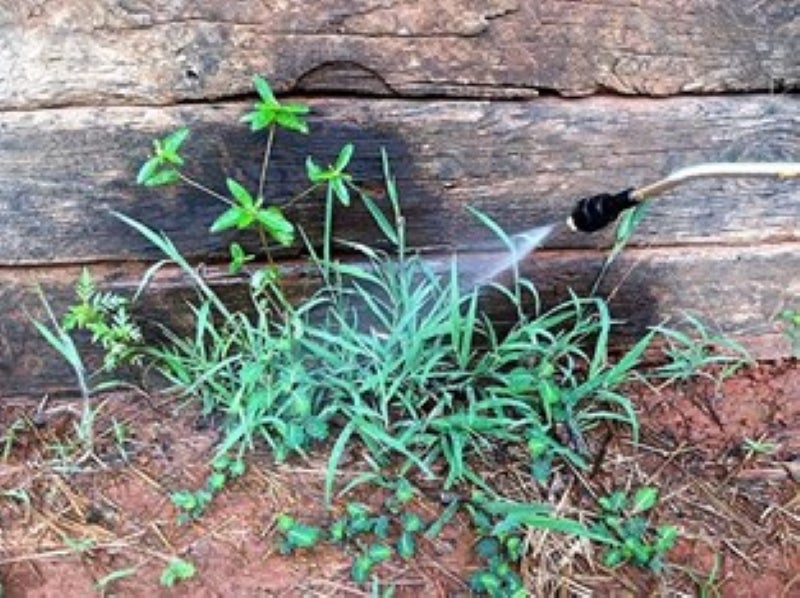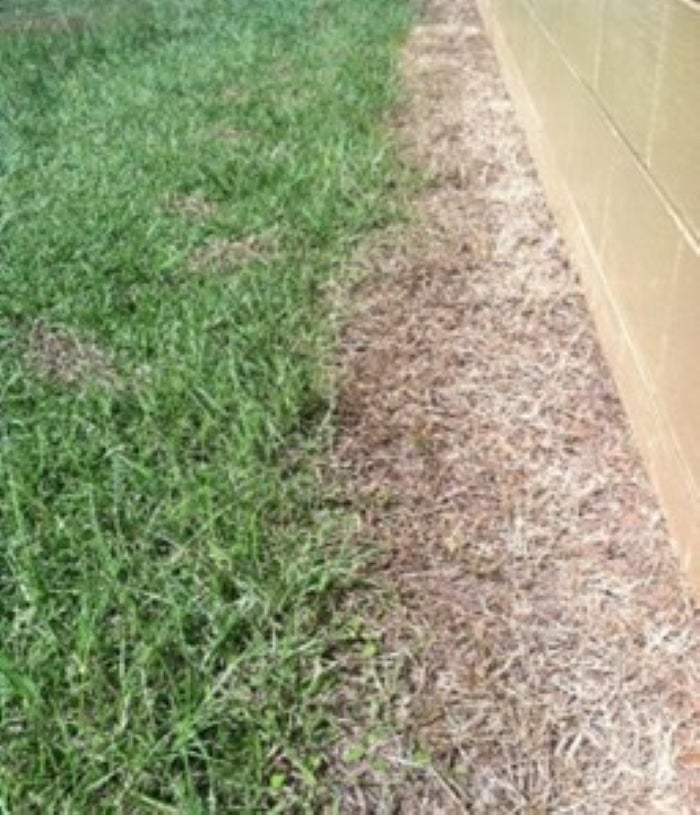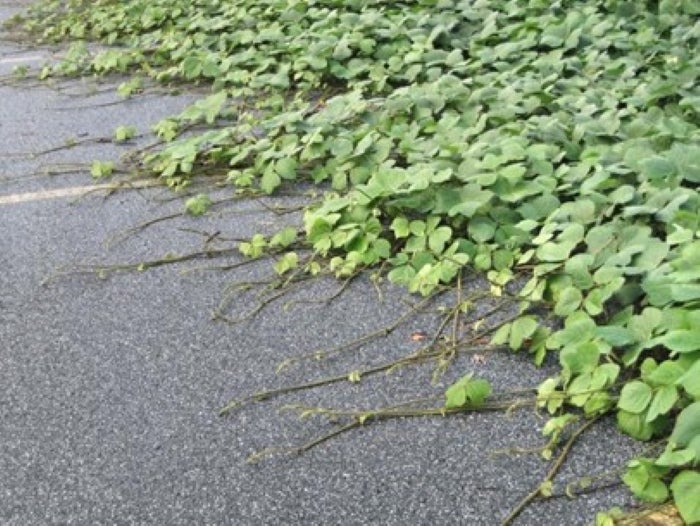Controlling weeds with herbicides
Published 4:44 pm Wednesday, April 12, 2023
|
Getting your Trinity Audio player ready...
|
Submitted by Carnell McAlpine
Alabama Cooperative Extension System
One of the most difficult chores for landowners and homeowners is controlling unwanted weeds and brush. The constant mowing, trimming, pulling, and spraying of unwanted vegetation is an aggravating battle, especially during the summer months.
The frustration only increases when nuisance plants grow back or other weeds move in and take over. When nothing else will grow, one can confidently bet the weeds will.
Herbicides are usually the method of choice to provide effective weed control. However, herbicides are not a “silver bullet” and it is critical that they are used correctly for maximum effectiveness. To add fuel to the fire of frustration is when herbicides don’t seem to work or provide long lasting control.
When using herbicides, homeowners are not going to see pesky plants cry out and melt before their eyes as the wicked witch did in the “Wizard of Oz.” A little understanding of how herbicides work can go a long way towards getting the most bang for the buck.
Herbicides are effective because they hinder or stop processes in a plant that are essential for life. This is referred to as the herbicide mode of action.They might inhibit growth, stop photosynthesis, shut down protein synthesis by blocking enzyme activity, or break down cell membranes and desiccate the cells. The effect of the herbicide can be slow or fast, and result in differing symptoms depending on the mode of action and the target plant species.
For example, glyphosate, commonly sold as Roundup, once applied to a plant, is absorbed through the leaves and translocated to the plant’s growing points. Because of its movement within plants it is classified as systemic. It then inhibits the production of certain amino acids by blocking a specific plant enzyme.
This results in a slow death as the plant depletes its limited amino acid reserves before death occurs. The leaves gradually yellow and then brown out completely. Woody stems often die from tips downwards. This process can take anywhere from a week in annual weeds to a few months in woody perennials.
It is important that homeowners do not cut or mow plants recently treated with glyphosate. Herbicides need time to work before cutting.
In contrast to glyphosate, the very popular broadleaf herbicide 2-4-D kills plants by mimicking a hormone that regulates plant growth. It is also absorbed through the leaves and is systemic, moving throughout the plant.
However, it turns the plant on its head, inhibiting new growth at the growing points and stimulating mature cells to try to continue growing. This results in a cascade of visible symptoms including leaf cupping and curling, stem twisting and cracking, and yellowing of the leaves. Some folks have likened this to the weed actually growing itself to death. This mode of action is often more rapid and has visible results faster than glyphosate. Accidentally spray it on beans or tomatoes and gardeners will often see those symptoms appear in a day or two.
In contrast to both previously mentioned herbicides, herbicides such as diquat and acetic acid (vinegar) are contact type materials. They do not translocate, but damage exactly what they are sprayed on. These herbicides break apart the cell membranes and the cells quickly desiccate. Necrotic patches appear on the leaves and the leaves quickly brown out. Homeowners can often see the effects start within a few hours and it drifts onto non-target plants, gardeners often see a flecking pattern of damage. Using contact herbicides is as close to melting the witch in the “Wizard of Oz” as homeowners will get.
Now, link the way these herbicides work with application timing. For annual weeds, all three herbicide classes above are very effective on killing seedlings and very small plants.
However, as plants get larger and approach maturity, contact herbicides quickly become ineffective. They may cause damage, but larger plants can often recover. Both glyphosate and 2,4-D can control larger annual weeds, but don’t use this as an excuse to wait too long. Any herbicide treatment is generally wasted if annuals reach flowering and begin to produce seed.
Contact herbicides are also ineffective on herbaceous perennials and woody plants. They will definitely damage them, but with no translocation, perennials will rapidly re-sprout and recover. Systemic herbicides often follow the translocation stream in perennial plants that moves sugars to the active growing points. That is why spring season applications on perennials do not work well as sugars are often moving upwards in the plants from the roots.
With that in mind, late summer and fall is often an excellent time for application of systemic herbicides for herbaceous perennials and woody brush. This coincides with the period of energy storage and strong downward translocation of sugars. Some key perennial weed problems that are more effectively controlled in the fall include kudzu, sweetgum, poison ivy, and cogongrass.
Unfortunately, many folks have had enough by then and just mow things down. That is fine, but it is an opportunity missed to get ahead for next year. Remember, mow one this year, get ten coming back next spring. Success is knowing these facts and using it to your benefit and to the demise of the weed.








